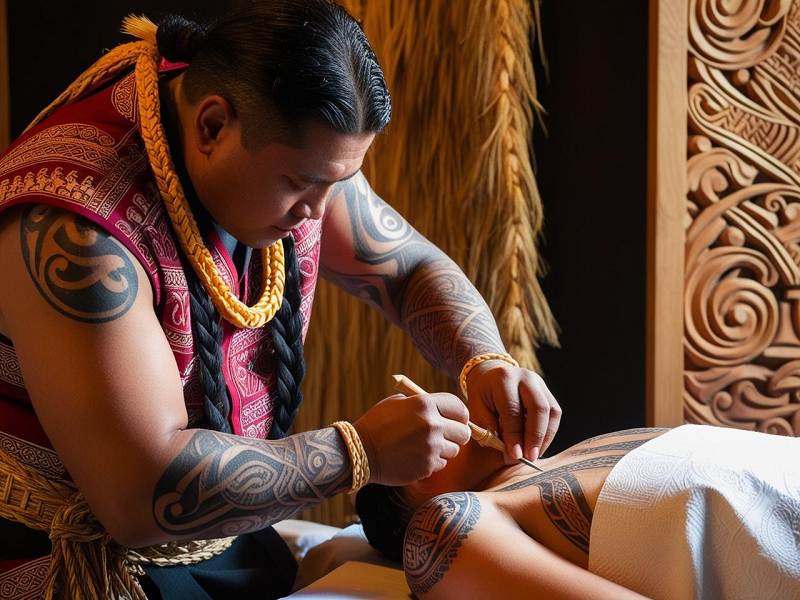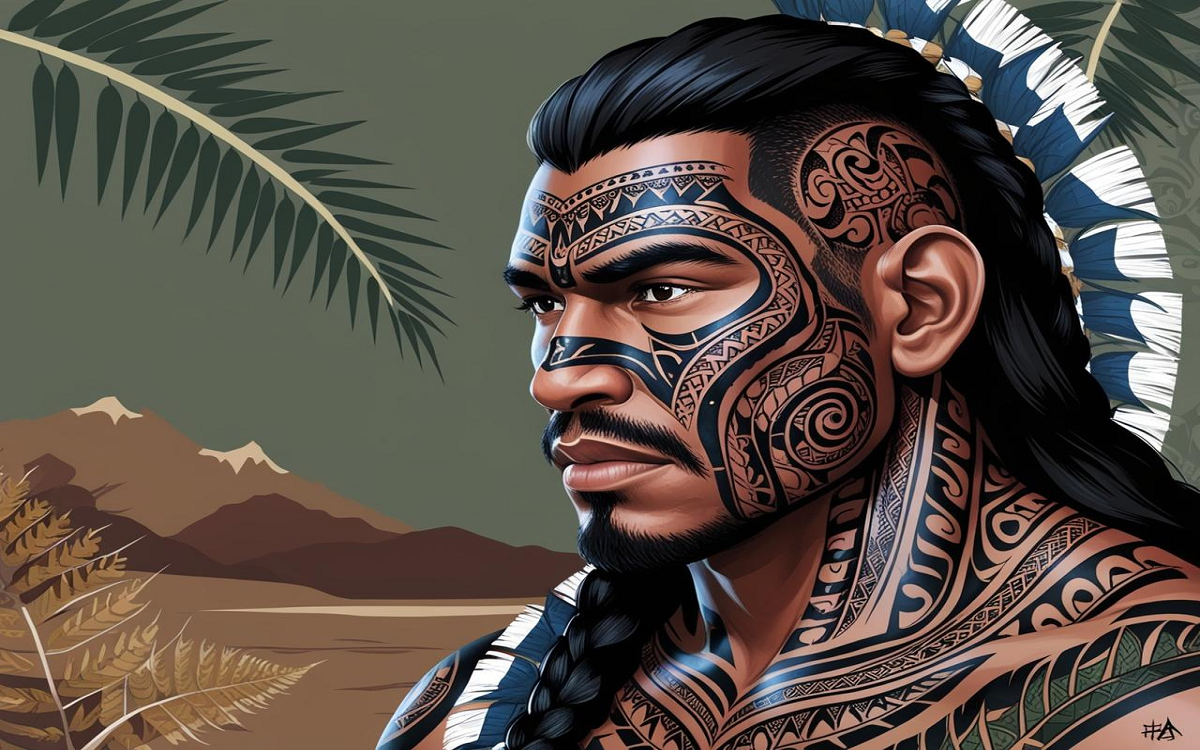Māori tattoos, known as Tā Moko, are deeply rooted in the culture and heritage of the indigenous Māori people of New Zealand. These intricate designs are not just body art but serve as a representation of ancestry, social status, and personal achievements. Traditionally, Tā Moko was applied using chisels (uhi) rather than modern tattoo machines, leaving raised, textured patterns on the skin.
Over time, Māori tattooing has evolved, and non-Māori individuals have also developed an interest in these unique designs. However, it is crucial to understand the difference between Tā Moko and Kirituhi. While Tā Moko is a sacred practice reserved for Māori descendants, Kirituhi is a contemporary adaptation that allows non-Māori people to appreciate the art respectfully. This article explores ten captivating Māori tattoo designs and their meanings, offering insight into the significance behind each symbol.

Table of Contents
The Meaning Behind Māori Tattoo (Tā Moko)
Māori tattoos are not merely decorative; they hold profound meanings related to the wearer’s genealogy, status, and personal journey. Traditionally, facial tattoos were the most sacred, with different markings indicating tribal affiliations, leadership roles, and accomplishments.
Modern adaptations of Māori tattoos have gained popularity worldwide, but it is essential to approach these designs with cultural sensitivity. Whether choosing Tā Moko for its deep ancestral ties or Kirituhi for its artistic appeal, understanding the significance behind these symbols is key to respecting Māori traditions.

10 Captivating Māori Tattoo Designs and Their Symbolism
1. Koru Māori Tattoo – Symbol of New Beginnings
Inspired by the unfurling fern frond, the Koru symbolizes new beginnings, growth, and harmony. It represents personal development and is often inked to mark significant life changes.
Placement: Wrist, shoulder, or back.
2. Hei Matau Māori Tattoo – Prosperity and Strength
The Hei Matau, or fishhook, represents prosperity, strength, and good luck. Traditionally, Māori fishermen wore fishhooks for protection and success at sea.
Placement: Forearm, ankle, or chest.
3. Manaia Māori-Tattoo – Spiritual Protection
The Manaia is a mythological guardian with the head of a bird, the body of a man, and the tail of a fish. It serves as a protector against evil spirits and maintains balance between the physical and spiritual worlds.
Placement: Upper arm, back, or shoulder.
4. Tiki Māori-Tattoo – Guardian and Good Luck
The Tiki is an ancestral symbol representing wisdom, protection, and good fortune. Often depicted with large, expressive eyes, the Tiki is believed to provide guidance and spiritual strength.
Placement: Chest or bicep.
5. Pikorua Māori-Tattoo – Eternal Connection
The Pikorua, or twist design, symbolizes an eternal bond between two people, often signifying friendship, love, or family ties.
Placement: Wrist, forearm, or behind the ear.

6. Taiaha Māori-Tattoo – Warrior’s Strength
The Taiaha is a traditional Māori weapon symbolizing courage, strength, and warrior spirit. It represents resilience and determination.
Placement: Upper arm or leg.
7. Whānau Māori-Tattoo – Family and Unity
The Whānau (family) tattoo signifies the importance of kinship and community. It is a tribute to loved ones and unbreakable familial bonds.
Placement: Chest or forearm.
8. Ahuahu Māori-Tattoo – Personal Growth
The Ahuahu design represents self-improvement, progress, and development, often chosen by individuals striving for personal betterment.
Placement: Wrist or shoulder.
9. Ruru Māori-Tattoo – Wisdom and Guidance
The Ruru (owl) symbolizes wisdom and spiritual guidance. It is associated with ancestors who offer protection and insight.
Placement: Back or forearm.
10. Waka Māori-Tattoo – Journey and Adventure
The Waka (canoe) represents a journey, be it physical, spiritual, or personal. It embodies resilience, exploration, and overcoming obstacles.
Placement: Calf or ribcage.

The Traditional Māori Tattooing Process
Traditional Tā Moko was applied using chisels (uhi) rather than needles, creating deep grooves in the skin. This method was a painful but sacred rite of passage, marking significant life events. While some still use traditional techniques, modern tattoo machines have made Māori tattoos more accessible today.

Things to Consider Before Getting a Māori-Tattoo
- Cultural Sensitivity: Māori-Tattoo hold deep meaning; ensure you understand their significance before getting inked.
- Personal Connection: Choose a design that aligns with your values and beliefs.
- Professional Consultation: Work with a tattoo artist experienced in Māori designs to create an authentic and respectful piece.
Final Thoughts
Māori-Tattoo are not just art—they are stories etched into the skin, carrying cultural, ancestral, and personal significance. Whether you are drawn to their beauty, symbolism, or history, it is essential to approach Māori-Tattoo with respect and understanding. By honoring their traditions, we can appreciate the profound artistry and meaning behind these captivating designs.

For more information, visit Black Door Studio

Leave a Reply